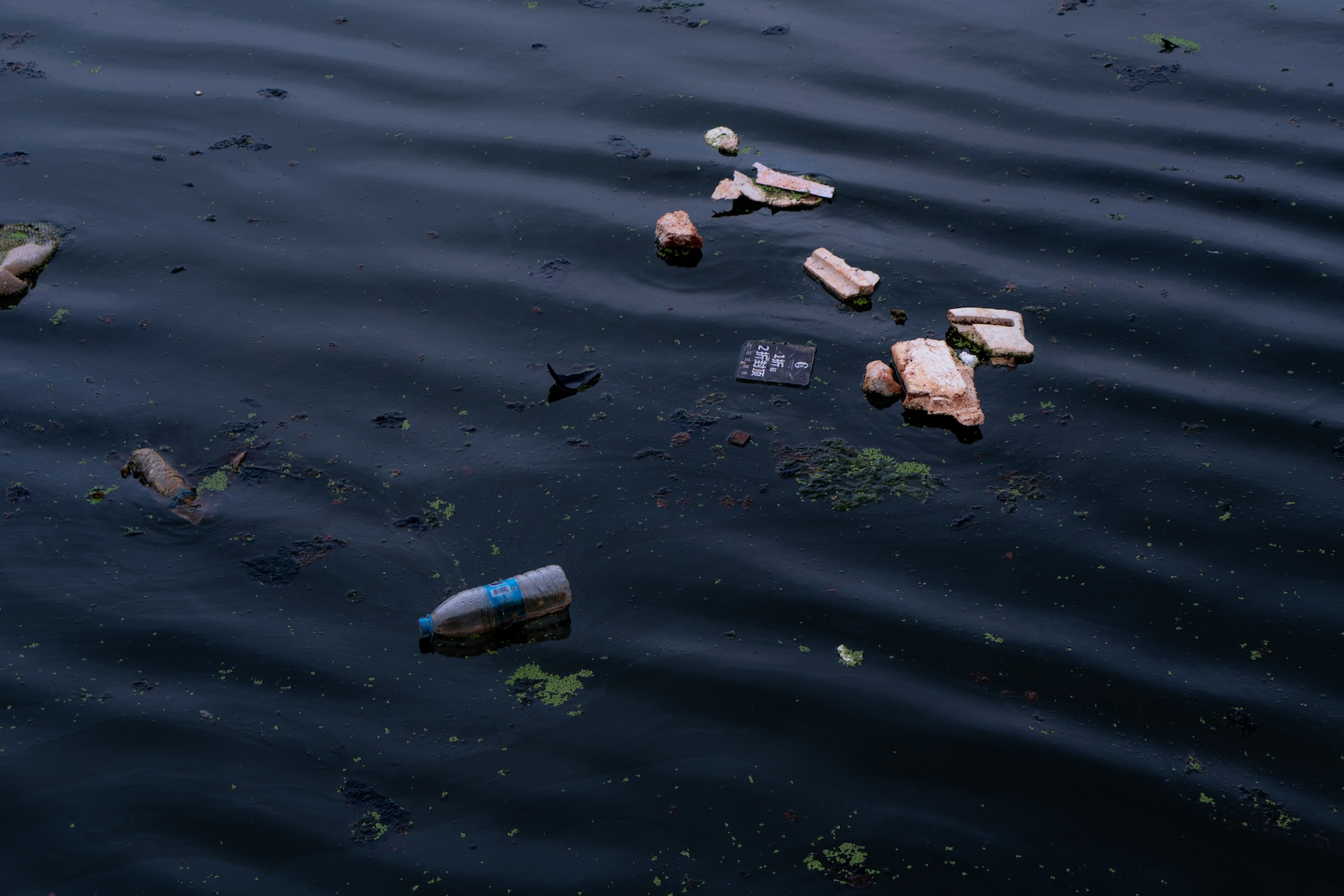 A New High Seas Treaty: What it Could Mean for the Future of the Oceans
A New High Seas Treaty: What it Could Mean for the Future of the Oceans
By: Mira Rhodes
The ocean makes up about 70% of the earth’s surface.[1] Because these waters flow outside national boundaries, they have always been unregulated and thus unprotected from human-created environmental threats.[2] However, in early March of 2023, United Nations (U.N.) member states agreed upon a High Seas Treaty aimed at protecting and conserving biodiversity in international waters.[3] This treaty is known as the Biodiversity Beyond National Jurisdiction (BBNJ) treaty.[4] The treaty was formally adopted by the U.N. in June of 2023[5] and signed by the United States on September 20, 2023.[6]
What is the New High Seas Treaty?
Because fragmented patchworks of global agreements historically governed international waters and provided minimal authority and management of the ocean, the new BBNJ treaty presents the opportunity for significant change to the ocean’s future.[7] The BBNJ treaty addresses several areas, including protections against pollution like plastic waste in the ocean and overfishing and marine life exploitation issues.[8] Notably, the treaty requires environmental impact assessments before any action or activity occurs on the high seas and provides guidance on global issues such as rising sea temperatures through ocean management plans.[9] Additionally, the BBNJ treaty allows for the creation of marine protected areas in order to sustain certain marine life.[10] These marine protected areas have been described as the equivalent of a National Park.[11] These treaty implications are beneficial to conserving and protecting the ocean, but they also may have great economic consequences on commercial activities in the oceans.[12]
The Treaty and Climate Change
For the most part, human activity is to blame for the urgent need to protect the oceans.[13] To name a few examples, unsustainable fishing rates, the creation of ocean infrastructure, and plastic waste in the ocean have all contributed to man-made climate change issues which the High Seas Treaty seeks to address.[14] This treaty also aids the U.N. in reaching the goals of the 30×30 climate initiative, which aims to protect and conserve 30% of the earth’s land and oceans by 2030.[15]
Ultimately, protecting the oceans may be crucial to addressing climate change. These vast bodies of water play a significant role in absorbing carbon dioxide from the atmosphere, thereby reducing the effect of climate change.[16] Thus, the new BBNJ treaty may play a key role in the fight against climate change in the coming years.
The Treaty and the Future
Deep sea mining is one area in which the High Seas Treaty may demonstrate its importance. However, while the future looks bright for the oceans and their inhabitants, ratifying and implementing the High Seas Treaty still lie ahead.[17] Yet, once in effect, the BBNJ treaty may play a significant role in the effort to conserve marine biodiversity by protecting deep-sea ecosystems from deep seabed mining.[18] Deep-sea mining of mineral deposits from the ocean seabed likely results in the destruction to marine life.[19] Such mining in international waters may begin in the near future.[20] Specifically, there is an increasing interest for companies to turn toward deep sea mining due to mineral use in certain technology such as electronic vehicles.[21] The current debate on deep sea mining versus land mining and their differing impacts on climate change is one example of an area that the new High Seas treaty may effect in the near future.[22]
_____________________________
[1] Jackie Gu, Changing Tides, Reuters Global News (Mar. 30, 2023),https://www.reuters.com/graphics/GLOBAL-ENVIRONMENT/OCEANS/jnvwyjomdvw/
[2] Id.
[3] Juliana Kim &Rachel Treisman, What to know about the new U.N. high seas treaty – and the next steps for the accord, NPR WBEZ Chicago (Mar. 7, 2023), https://www.npr.org/2023/03/07/1161196476/un-high-seas-treaty-international-waters.
[4] Gu, supra note 1.
[5] David Stanway, Dozens of nations to sign U.N. ocean treaty but implementation still awaits, Reuters (September 20, 2023), https://www.reuters.com/business/environment/dozens-nations-sign-un-ocean-treaty-implementation-still-awaits-2023-09-20/;
[6] Anthony J. Blinken, Signing of the High Seas Treaty, U.S. Dept. of State Press Statement, (Sep. 21, 2023), https://www.state.gov/signing-of-the-high-seas-treaty/.
[7] Kim & Treisman, supra note 3.
[8] Id.
[9] Id.
[10] Beyond borders: Why new ‘high seas’ treaty is critical for the world, U.N. National News (Jun. 19, 2023), https://news.un.org/en/story/2023/06/1137857.
[11] Kim & Treisman, supra note 3.
[12] Id.
[13] Gu, supra note 1.
[14] Id.
[15] Id.
[16] Id.
[17] Stanway, supra note 5.
[18] Robin Kundis Craig, Marine Biodiversity: Challenges, Trends, and a New Treaty, 53 Lewis and Clark Env’t L. Rev. No. 3, 343, https://law.lclark.edu/live/files/35302-53-3-5-craig.
[19] Int’l Union for Conservation of Nature and Nat. Resources, Deep-sea mining issues brief, https://www.iucn.org/resources/issues-brief/deep-sea-mining.
[20] Id.
[21] Daisy Chung, Ernest Scheyder, & Clare Trainor, The promise and risks of deep-sea mining, Reuters (Nov. 15, 2023), https://www.reuters.com/graphics/MINING-DEEPSEA/CLIMATE/zjpqezqzlpx/.
[22] Id.
_____________________________
Photo courtesy of Xianyu Hao

